Chintz: Indian Textiles for the West
In recent times 'chintz' has come to mean any cotton or linen floral printed furnishing fabric. This rather general definition has overshadowed its true origins as a carefully hand-painted fabric from India. This book focuses on beautiful early chintzes, presenting for the first time in full colour the Victoria and Albert Museum's world-class collection of Indian chintz textiles made for the western market. The word 'chintz' is derived from the North Indian word chint, meaning to sprinkle or spray. Painted textiles had been made in this technique for centuries before the arrival of European in India, for the domestic market and for trading in South-East Asia. First exported to Europe in the early 1600s, Indian chintz textiles quickly captivated the western market and put chintz at the centre of a revolution in dress and furnishing in the seventeenth and eighteenth centuries. The pieces illustrated in this book were all made in south-east India, in the area known as the Coromandel Coast, generally acknowledged to be the source of the highest quality chintz textiles. Large hangings and bed-covers, as well as garments such as petticoats and jackets, have been specially photographed, and are shown in full and in stunning close-up in a splendid plate section. Rosemary Crill explains both the complex process of making chintz, the rapid rise in its popularity and the considerable impact of these textiles, both aesthetically and politically, providing an informative and richly illustrated introduction to the subject.
BECOME A MEMBER

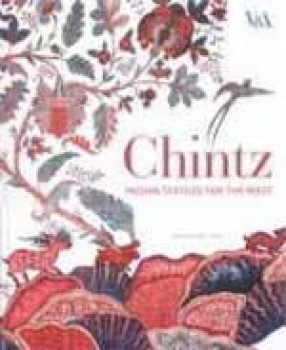
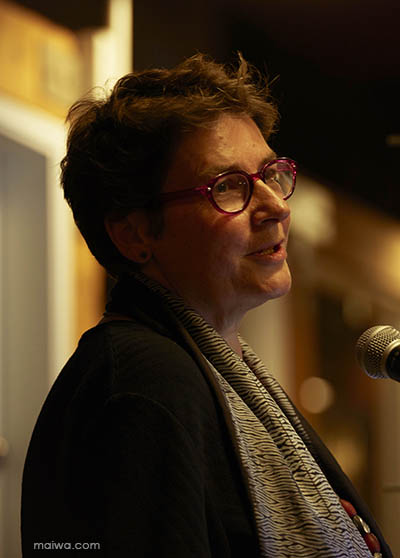
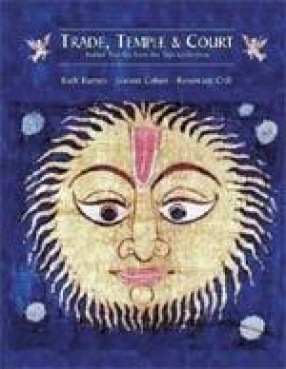
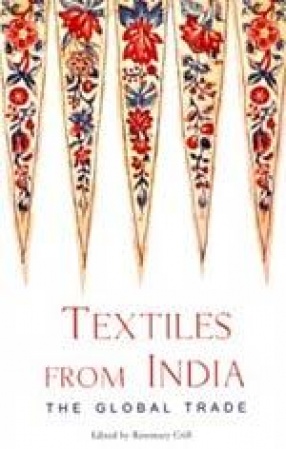
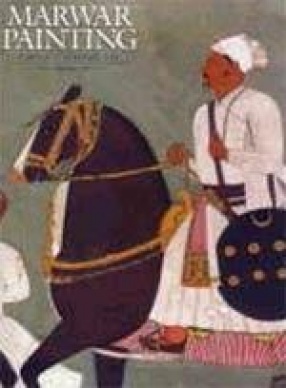

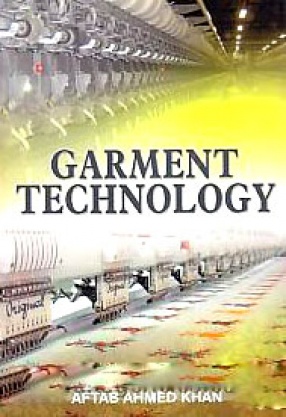
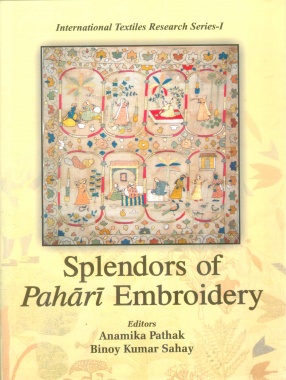
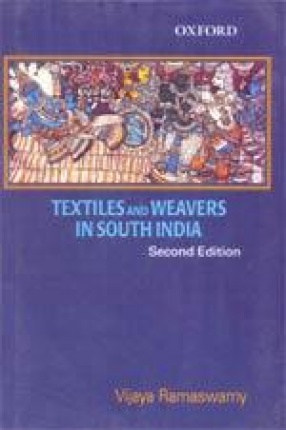
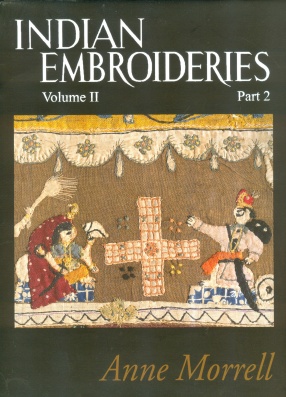

Bibliographic information